
Rock Out With Your Box Out: The AV Pro Road Case Guide
We explore the seasoned AV professional's road case, revealing it as less about magic and more about meticulous preparation. We uncover the array of gadgets and gizmos, from cables to consoles, that make the seemingly effortless show possible. Essentially, this case is your career toolkit, so pack wisely or be prepared to face the music—literally.
SETLIFEESSENTIALS
Kevon Marshall
4/16/20246 min read
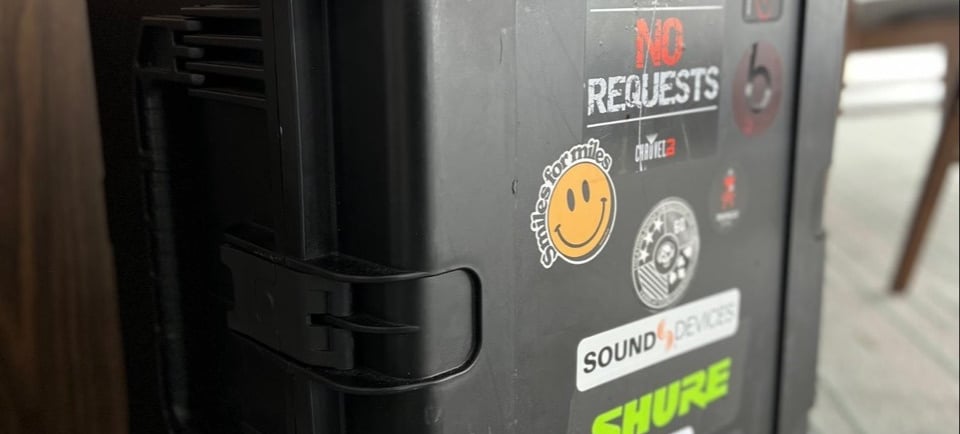

When starting fresh in the AV work environment, you probably won’t know much but to wear all black. We AV guys call it show blacks. Some of you might even be savvy enough to bring a C-wrench, measuring tape, & a multi-tool kit to the job site. You just never know what might come in handy. But then there are those AV guys you see rolling around large waterproof road cases. Those guys always seem to have a calmer demeanor than the rest of the crew, wearing smiles & sharing laughs amongst their colleagues. Why are they so calm? What are they so happy about? What’s in those road cases? Well I’ll tell you what’s inside mine. Tools of the trade! After a while of working in the AV world, you’ll start to learn what tools, devices, & softwares are being utilized to make certain jobs easier. I’m here to tell you, if this is the career path you’ve chosen, you better start acquiring what’s necessary to make your jobs as easy & efficient as possible.
Being an audio guy, most of my stuff will pertain to audio. To start, I carry cables that I know I’ll need on an event. Those consist of AC, XLR, TRS, & Ethernet cables ranging from 6ft to 25ft in length. Even if the gear & cables are provided by the production company, I still make sure I have my own in case of an emergency.
It’s a lot faster to grab a personal cable to complete a connection in your personal tech area than running to a store room or designated cable trunk location. Especially when the cable trunks can often be quite a walking distance away from the area you are setting. I also keep a few power strips & Edison tri-taps. It’s always good to be able to distribute your power the way you want to. As well as not having to worry about what if the crew ran out of power strips. You’ll have yourself covered at least. Might even be able to help some techs sitting near you at the tech tables.
Moving on, a major tool for us audio engineers is a laptop. If it’s not one in your road case, you better have one in a separate carry bag of its own! I keep one with me! Laptops are good for playing music, sound cues, searching the internet for information, and using softwares & applications. Using softwares & applications designed by the manufacturing brands we use on gigs is mandatory if you want to be at the top of your game. They allow you to go more in-depth into the parameters of the devices you are operating. Such as in radio frequency coordination. Yes, you can scan & find a frequency using buttons on the face of a microphone receiver, but using a software designed to do the same task is more efficient. It will allow you to scan & find numerous frequencies, omit certain bandwidths, & deploy the information to multiple microphone receivers simultaneously! Which is a time saver when you have to coordinate 80+ microphones for a large multi-room venue.
That brings me to the next thing I keep in my road case: a network switch. Network switches are used to connect different devices, by means of Ethernet cables. Once each Ethernet compatible device is connected to the same network switch, it creates a local area network (LAN). Devices on a local area network can now send information to each other. Now when we use softwares & applications on our laptops, we can see all of the parameters the devices have to offer that are only accessible via the computer. Learning to incorporate a network switch into your workflow, along with skills like being Dante certified, can lead you to higher paying jobs. Dante is a platform designed to send & receive audio over Ethernet cables. The footprint of Ethernet cables is a lot smaller than a bunch of copper XLR cables running everywhere. Plus the sound can be sent over longer distances & to multiple locations connected to the same switch.
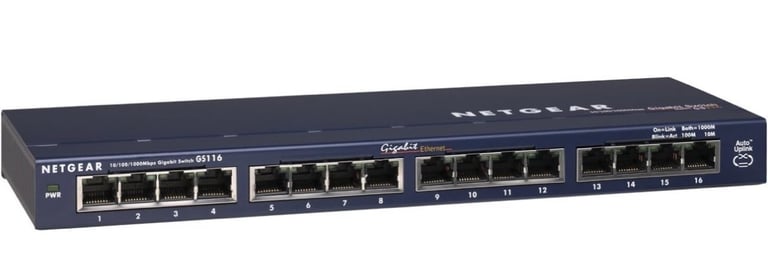

NETGEAR 16 Port Ethernet Switch
As we are on the subject of switches, another device I have in my road case is a wireless router. Wireless routers are WiFi access points, and many have additional Ethernet ports on them used as a network switch. With one, you can operate devices & their parameters with a computer or tablet wirelessly. Your devices will be connected to the router via Ethernet cables, creating a LAN, while your laptop or tablet logs into the router's WiFi to be a part of the same LAN. This is a handy method for mixing audio consoles remotely. Now you have mobility to hear the mix from different locations, & adjust things accordingly while away from the console.


Netgear Nighthawk AX5400 Dual-band WiFi 6 Router
Digging deeper into my road case now, I have a few audio interfaces. An audio interface is used to change an analog signal coming from XLR or TRS cables, & converting it into a digital signal passed via USB into a computer or device. Audio interfaces are handy when you want to take your audio from your console & feed it into a computer. There, it can be mixed in a computer based digital audio workstation, or it can be used to feed an online stream. One of my audio interfaces is a Shure X2U. It’s a simple design, with a female XLR on one end, & a USB-A on the other end. It has a mic gain wheel, +48v phantom power button, and a 3.5mm jack to monitor, a volume wheel, & a mix/monitor selection wheel.
It’s my go to when I only need to convert my signal and nothing more.
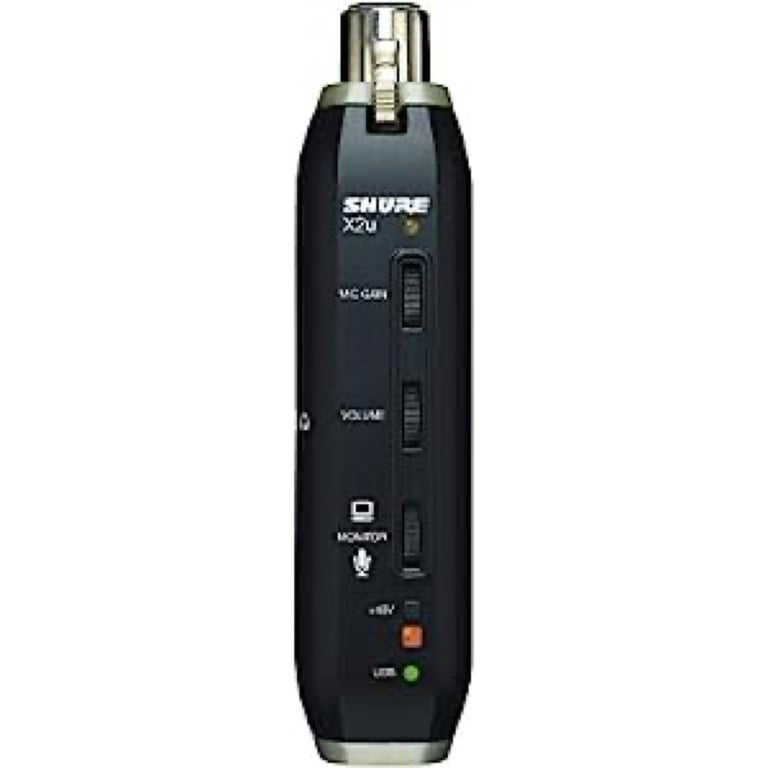

Shure X2U Audio Interface
If I wanted to add any color to my signal, I also have a Solid State SSL+ interface. It embodies the famous Solid State Logic preamp sound, in a small 2 channel input device. It also has a left & right TRS output to monitor with speakers, 2 separate 1 ⁄ 4 inch jacks to monitor two pairs of headphones, & a USB C port to connect the interface to a computer as well. I like to use this one for music production, because of the color and tone it gives the signal.
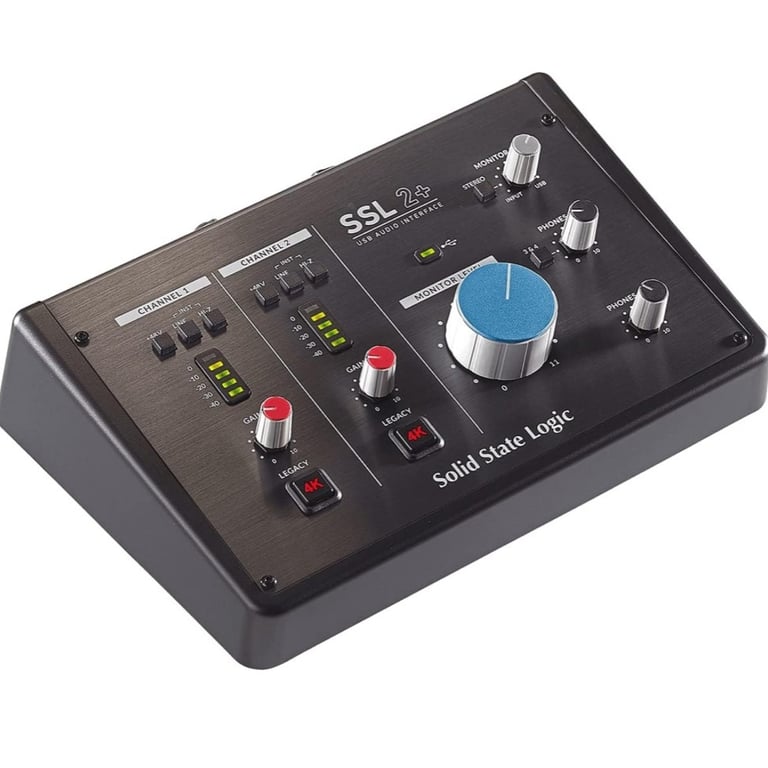

Solid State Logic SSL 2+ Audio Interface
Another cool item I keep in my road case is a XLR “sniffer”, which is a XLR cable tester. It’s a two part device that connects to the male & female end of a XLR cable. Once connected, l.e.d lights on the sniffer will light up a certain sequence representing if the cable is shorted, crossed, bad, or good. It’s a luxury to be able to test a cable & eliminate any guessing if it’s good or bad. It’s also a good habit to test all of your cables before connecting and patching them anyway, because It can be time consuming if you have to troubleshoot an audio error or issue that derives from a single bad XLR cable in the set up.

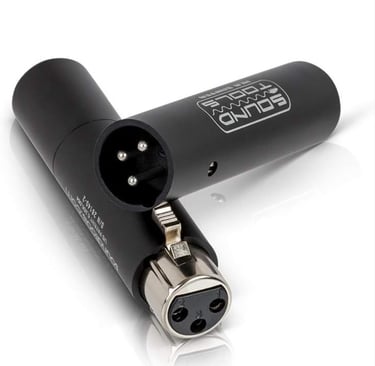
SoundTools XLR Sniffer/Sender Microphone Cable Remote End Cable Tester
At the end of the day, if it makes the job easier and faster to accomplish, then it’s an asset to you. Even items such as measuring tape, Sharpies, and fresh packs of backup batteries. All of the consumables you use day in and day out, go ahead and stock up on your personal supply. Most of the time the company you are working for will supply mostly everything you need, however it’s still a pro tip to be prepared to fend for yourself if it comes down to it. The production company will thank you and most certainly compensate you. Being prepared for whatever comes your way will take away the stress of the gig. It will have you operating like a badass in the field as you impress and teach others. Now, get to work and start putting your road case kit together as soon as you can so I can ask you, “What’s in your road case?”
Get in touch
© 2025 Vandelay Sound Exports, Inc. • RETURN Policy • Privacy Policy • Terms and Conditions
